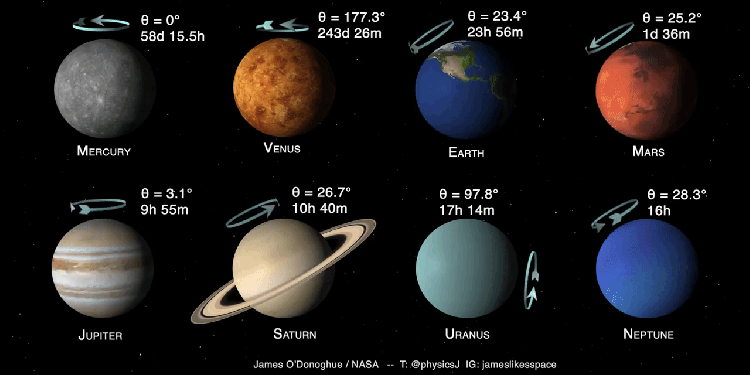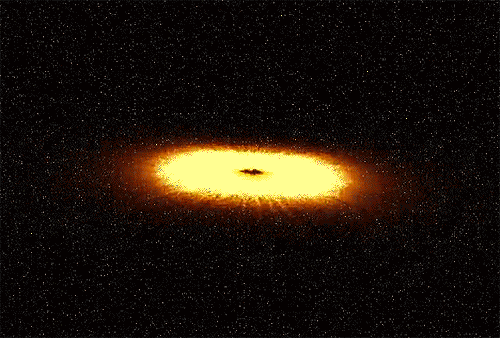
ASTRONOMY
Scientific study of celestial objects (such as planets, stars, comets, and galaxies) and phenomena that originate outside the Earth's atmosphere (such as the cosmic background radiation).

Scientific study of celestial objects (such as planets, stars, comets, and galaxies) and phenomena that originate outside the Earth's atmosphere (such as the cosmic background radiation).

A planet is a large object such as Jupiter or Earth that orbits a star. Planets are smaller than stars, and they do not produce light. ... A star and everything which orbits it are called a star system. There are eight planets in our Solar System.
The eight planets are: Mercury, Venus, Earth, Mars, Jupiter, Saturn, Uranus, and Neptune.
More About Planets >>>
Star is a huge ball of gas held together by gravity. The central core of a star is extremely hot and produces energy. Some of this energy is released as visible light, which makes the star glow.
The most famous are : Polaris, Sirius and Alpha Centauri.
More About Stars >>>
A comet is a ball of mostly ice that moves around in outer space. Comets are often described as "dirty snowballs". ... The orbital inclinations of comets are usually high and not near the ecliptic where most solar system objects are found. Most of them are long-period comets and come from the Kuiper belt.
The most famous are : Halley's Comet and Comet Hale Bopp.
More About Comets >>>
Galaxies are collections of stars, dust, and gas rotating around super massive black holes. It is believed that there are 200 million or more galaxies in the known universe. A galaxy can range in the number of stars as well as its size.
The most famous Galaxies are : Milky Way, Andromeda Galaxy and Whirlspool Galaxy.
More About Galaxies >>>
A black hole is a region of spacetime exhibiting such strong gravitational effects that nothing—not even particles and electromagnetic radiation such as light—can escape from inside it. The theory of general relativity predicts that a sufficiently compact mass can deform spacetime to form a black hole.
More About BlackHole >>>
Space, also known as outer space, is the near-vacuum between celestial bodies. It is where everything (all of the planets, stars, galaxies and other objects) is found.
More About Space >>>
The brilliant point of light is the explosion of a star that has reached the end of its life, otherwise known as a supernova. Supernovae can briefly outshine entire galaxies and radiate more energy than our sun will in its entire lifetime. They're also the primary source of heavy elements in the universe.
More About Super Nova >>>
Dark matter is called dark because it does not appear to interact with observable electromagnetic radiation, such as light, and is thus invisible to the entire electromagnetic spectrum, making it extremely difficult to detect using usual astronomical equipment.
More About Dark Matter >>>